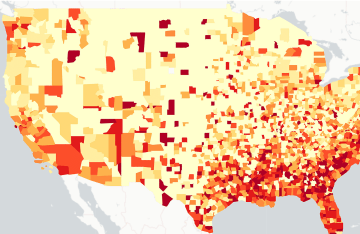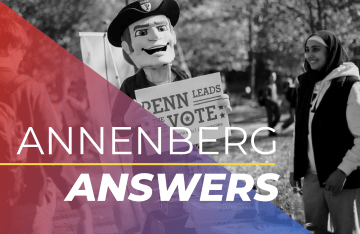Pro-Tobacco Videos on YouTube Sway Young Adults on E-Cigarettes and Hookahs
While cigarette advertising and marketing have been restricted in one way or another since the ’60s, videos on YouTube are largely unregulated.

Photo Credit: Awesome Sauce Creative / Unsplash
Misleading pro-tobacco videos on YouTube that promote e-cigarettes and hookahs can make young adults feel more positively about these products, according to new research.
The study in the Journal of Medical Internet Research examined the potential effects on young adults of user-generated YouTube videos that make misleading health claims about e-cigarettes, hookahs, chewing tobacco, and pipe smoking. Viewing the e-cigarette and hookah videos led to more positive attitudes toward those products.
“Our findings raise concerns that tobacco messages on YouTube promote the use of these products even though the videos are apparently not connected with the tobacco industry,” said co-author Dan Romer, research director of the Annenberg Public Policy Center (APPC) of the University of Pennsylvania.
The study’s lead author, Dolores Albarracín, professor of psychology and business administration at the University of Illinois at Urbana-Champaign, said: “Evidence about the effects of YouTube videos on attitudes towards electronic cigarettes and hookahs, which most young people have tried, have implications for regulatory policy and for our understanding of the effects of digital communications on human behavior. There are real, measurable influences stemming from seemingly innocuous, amateur videos of dubious credibility,” added Albarracín, who also is a distinguished research fellow at APPC.
The study involved 350 participants ages 18 to 24 who viewed either one of four user-generated YouTube videos about a tobacco product or a control video on an unrelated subject. The pro-tobacco videos had different misleading health messages: rejection of science (evidence showing that a tobacco product is harmful); assertion of benefit (tobacco can be healthy); denial of harm (tobacco is not harmful); or the presence of acceptable risk (using tobacco is no riskier than other common activities).
Shaping perceptions on tobacco products
While cigarette advertising and marketing have been restricted in one way or another since the ’60s, videos on YouTube are largely unregulated.
YouTube reports having a billion users who collectively watch hundreds of millions of hours of video each day. According to the Pew Research Center, 85 percent of U.S. teens say they use YouTube and say it’s their second most often-used online platform. And there are a large number of tobacco-related messages on YouTube which are predominantly pro-tobacco, according to the current study. Given that, the researchers said, “There is a rising suspicion that online exposure to user-generated content on YouTube shapes young people’s perceptions of tobacco.”
Patrick E. Jamieson, director of APPC’s Adolescent Health and Risk Communication Institute, said it is troubling that the e-cigarette video made viewers feel more positively about smoking e-cigarettes. “Given the popularity and worldwide reach of YouTube, this evidence is cause for concern because such smoking is addictive,” he said.
Besides Jamieson, Romer, and Albarracín, the other co-authors of the study are APPC director Kathleen Hall Jamieson and former APPC postdoctoral fellow Chris Jones.
A voluntary ban?
The researchers said their findings “should alert the public to the potential threats” that these popular videos can pose to youth. Although a government ban on such videos would violate U.S. constitutional protections, the study notes that internet platforms such as Facebook and YouTube have banned certain content. In 2017, YouTube prohibited advertising “hateful” content that “promotes discrimination or disparages or humiliates an individual or group of people.”
The paper calls for further research into ways to debunk misleading health claims. A recent meta-analysis of ways to combat misinformation found that detailed counter-messages and active audience participation were keys to effective corrections. In addition, a 2017 study by some of the same researchers suggested it was possible to counter pro-tobacco videos on YouTube with corrective messages on the health risks of smoking.
Romer said more research was needed “to determine whether exposure to these YouTube videos encourages young people to experiment with tobacco products.”
The study “Misleading Claims About Tobacco Products in YouTube Videos: Effects of Misinformation on Unhealthy Attitudes” is in the Journal of Medical Internet Research.
To download this news release, click here.
Media Contact
Michael Rozansky
michael.rozansky@appc.upenn.edu
215-746-0202



